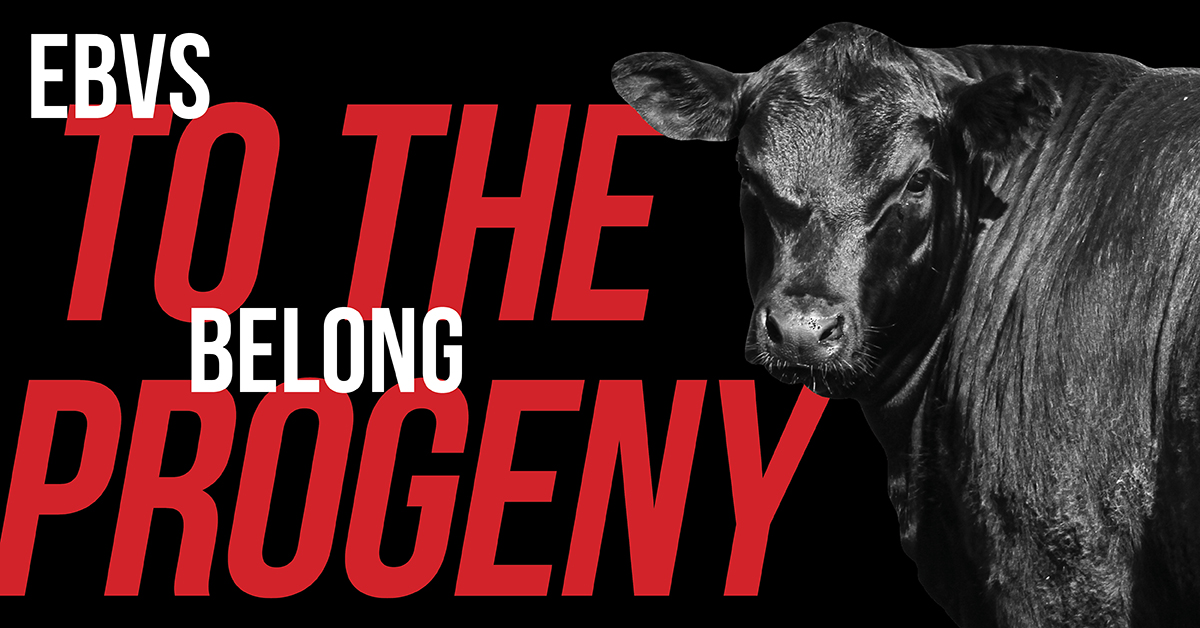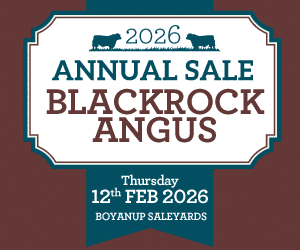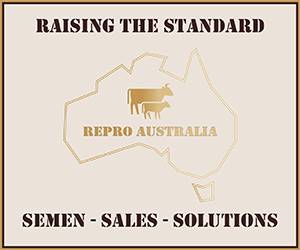Often the value placed on a bull within a breeding program has a very short-term focus, with high expectations on him and the immediate influence he will have. These expectations often lead to good bulls receiving a less then representative assessment of the value they have delivered to the herd. This is also the case with poorer bulls receiving higher praise then they deserve.
A bull’s immediate value to any breeding program is through the progeny he produces, whether that be through natural or A.I joining, he will ultimately be judged by the progeny he directly sires. The influence he has however is far greater and understanding his role, and the role past sires have, on the calves you produce this year is the key to realising genetic gain.
If we take a simple look at the influence of a bull, we see that the bull contributes about half (50%) of the genes to the progeny, with the cow contributing the remainder. This we all know, but what we often forget, is the genetics carried by the cow is made up of about half of the genes of their sire.
So, if we then take a step back and look at our selection influence on the calf, what we see is that in a typical self-replacing breeding program, that buys in bulls, this year’s bull has a ~50% influence and the previous sires we selected have ~25% (maternal sire) and ~12.5% (maternal grandsire) influence. Or another way of looking at this is that ~87.5% of the genetics of the calves is influenced by the sires used in the past 3 generations.
The influence of maternal sires and grandsires means that when we make selection decisions on a bull, we need to understand the decision in relation to the other decisions we have made. This is important because if we want to make genetic progress these selection decisions need to complement each other and the broader objectives of the breeding program.
EBVs provide breeders with a powerful tool to predict the impact of bull decisions by describing expected differences in the performance of progeny. Incorporating them into selection decisions can help breeders take out non-genetic factors from their selection decisions and understand the potential impact in the performance of progeny of bull selection decisions.
Understanding then that a bull will have an immediate impact over 1-5 years in direct siring of progeny and then an additional 3-10-year impact on the cow herd and then a further reduced impact on the cows of the future in 20+ years, means when we make the selection we need to get it right and understand it with the future in mind.
Whether commercially or seed stock focused the message remains the same, the value a bull has should be considered in the long term. The strong environmental influence on his physical performance often overshadows this but the success of your breeding program will depend on whether the bull improves your cow herd or keeps it average.








